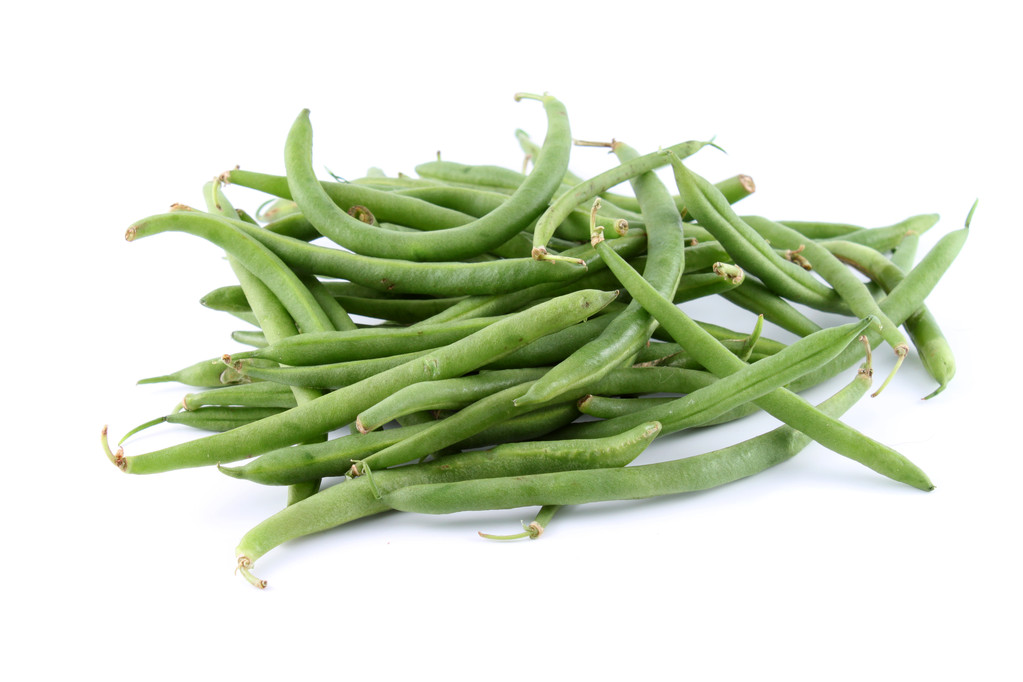Green beans have a reputation for being a very healthy protein bomb. But under certain circumstances, the delicious garden vegetables are poisonous. Even the Bavarian consumer advice center warns.

Why green beans are poisonous
Unlike most vegetables, green beans cannot be eaten raw. They owe this fact to a specific component of the bean: phasin. The toxic molecule is a protein compound that, according to the Bavarian consumer advice center, is found in many types of fruit and vegetables. In comparison, however, raw beans contain a particularly large amount of phasin.
Phasin is actually a substance that is supposed to protect the beans. Plants have a variety of natural defense mechanisms against predators. Some rely on spikes, for example, while others prefer toxic substances. Even though green beans have been cultivated for centuries, they still contain their natural defenses.
The different defense mechanisms of plants do not all work in the same way. Beans and their phasin cause red blood cells to stick together and thus impede the transport of oxygen in the blood. In addition, phasin damages the epithelial cells in the intestine and thus disrupts the absorption of nutrients.
What does eating raw beans do?
The phasin thus hits sensitive areas in the body and can cause significant reactions. However, the reaction to the poison depends on the amount consumed. Eating some raw beans can cause mild stomach upset, intestinal inflammation, headaches, nausea, vomiting, and diarrhea
Consuming large amounts of raw beans can also lead to death. According to the Bavarian Consumer Center, the first symptoms appear after about two to three hours. However, signs of bean poisoning can vary in severity.
Because of their low body weight, children are particularly at risk. For them, a very small amount of 5 to 6 raw beans is enough to be deadly. Children should therefore be made aware of the danger if, for example, they play with beans in a garden. Should a case of poisoning nevertheless occur, medical advice must be obtained as quickly as possible, if necessary via the poison control center.

Phasin poisoning is easy to prevent
For all bean lovers, however, the all-clear is clear: fortunately, phasin is not very persistent
Incidentally, the steam cooker often used for vegetables is not suitable for beans. The gentle cooking process does not reach the required temperature to completely destroy the phasin. Green bean blanching water must also be discarded as it contains a significant amount of phasin.



